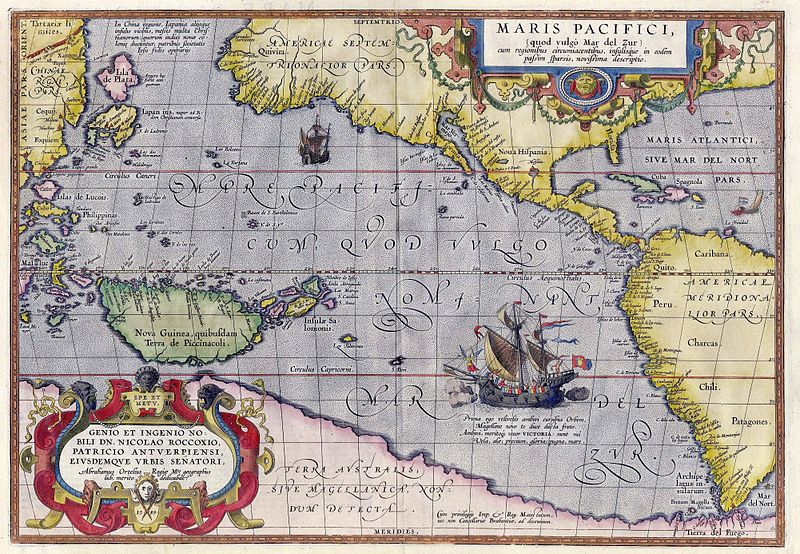



So Stuart and I worked all night and successfully got all 4 of our pumps to work! And we just recently left station 1 and are steaming to our next stop. I have samples to filter during the transit but it will be a nice break for roughly 24 hours. We’ll have to stock up on sleep for the next station.
I have written a lot about our interest in particulate organic matter and the in situ pumping system that Stuart and I are using. We are also interested in matching the particulate organic matter with the microbiology of the water column. By microbiology I mean the different types and amount of bacteria and archaea that live in the ocean. The types of bacteria and archaea change as you move down the water column. For example, there are populations that like to live in the light and high oxygen concentration of the surface and others who live in the low oxygen in the dark subsurface waters. So we collect water samples with the CTD at different depths for DNA analysis and fluorescent in situ hybridization (FISH) microscopy.
For DNA analysis we collect 20 L of water and filter it with a pump to capture the microbes. Then when we are back on land at our lab we can extract the DNA off the filter and see which types of microbes lived in the water we filtered. For FISH samples we collect 200 mL of water and filter them with a hand pump so that the cells are gently collected and not broken. Then, back at the lab we take the filter through a short process that adds dyes to the microbes. Next, you look at the filter under a microscope the bacteria will glow in one color and the archaea will glow in a different color. This makes it easy to count the different types of microbes. For an example, see micrograph image at bottom right (of photo cluster above) and click on to enlarge.
I have written a lot about our interest in particulate organic matter and the in situ pumping system that Stuart and I are using. We are also interested in matching the particulate organic matter with the microbiology of the water column. By microbiology I mean the different types and amount of bacteria and archaea that live in the ocean. The types of bacteria and archaea change as you move down the water column. For example, there are populations that like to live in the light and high oxygen concentration of the surface and others who live in the low oxygen in the dark subsurface waters. So we collect water samples with the CTD at different depths for DNA analysis and fluorescent in situ hybridization (FISH) microscopy.
For DNA analysis we collect 20 L of water and filter it with a pump to capture the microbes. Then when we are back on land at our lab we can extract the DNA off the filter and see which types of microbes lived in the water we filtered. For FISH samples we collect 200 mL of water and filter them with a hand pump so that the cells are gently collected and not broken. Then, back at the lab we take the filter through a short process that adds dyes to the microbes. Next, you look at the filter under a microscope the bacteria will glow in one color and the archaea will glow in a different color. This makes it easy to count the different types of microbes. For an example, see micrograph image at bottom right (of photo cluster above) and click on to enlarge.



No comments:
Post a Comment